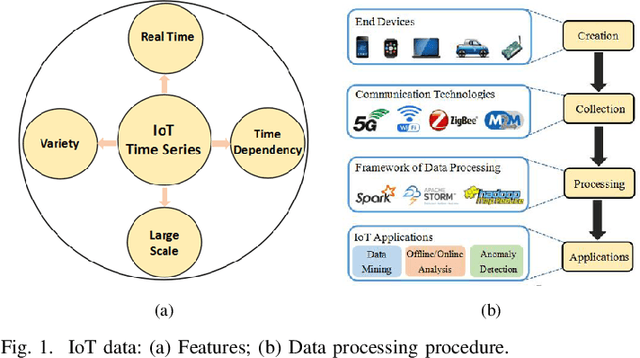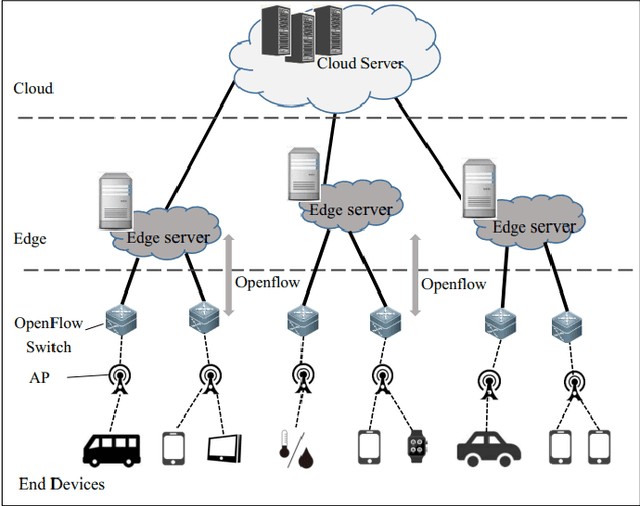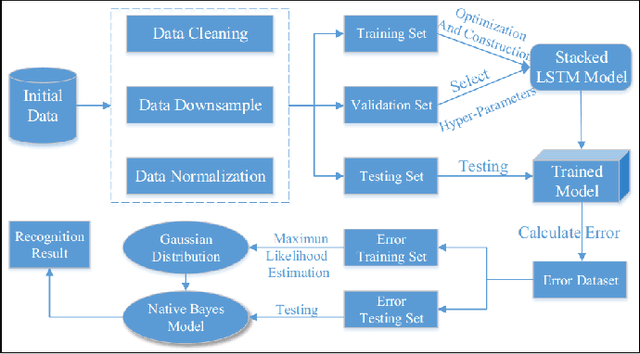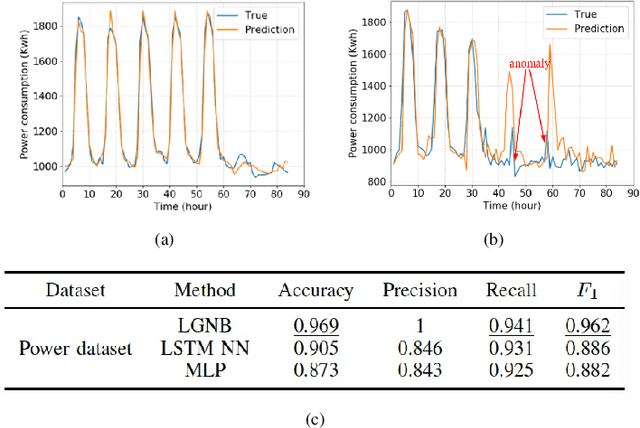Xiaofeng Xie
VoiceMark: Zero-Shot Voice Cloning-Resistant Watermarking Approach Leveraging Speaker-Specific Latents
May 27, 2025Abstract:Voice cloning (VC)-resistant watermarking is an emerging technique for tracing and preventing unauthorized cloning. Existing methods effectively trace traditional VC models by training them on watermarked audio but fail in zero-shot VC scenarios, where models synthesize audio from an audio prompt without training. To address this, we propose VoiceMark, the first zero-shot VC-resistant watermarking method that leverages speaker-specific latents as the watermark carrier, allowing the watermark to transfer through the zero-shot VC process into the synthesized audio. Additionally, we introduce VC-simulated augmentations and VAD-based loss to enhance robustness against distortions. Experiments on multiple zero-shot VC models demonstrate that VoiceMark achieves over 95% accuracy in watermark detection after zero-shot VC synthesis, significantly outperforming existing methods, which only reach around 50%. See our code and demos at: https://huggingface.co/spaces/haiyunli/VoiceMark
Software-Defined Edge Computing: A New Architecture Paradigm to Support IoT Data Analysis
Apr 26, 2021



Abstract:The rapid deployment of Internet of Things (IoT) applications leads to massive data that need to be processed. These IoT applications have specific communication requirements on latency and bandwidth, and present new features on their generated data such as time-dependency. Therefore, it is desirable to reshape the current IoT architectures by exploring their inherent nature of communication and computing to support smart IoT data process and analysis. We introduce in this paper features of IoT data, trends of IoT network architectures, some problems in IoT data analysis, and their solutions. Specifically, we view that software-defined edge computing is a promising architecture to support the unique needs of IoT data analysis. We further present an experiment on data anomaly detection in this architecture, and the comparison between two architectures for ECG diagnosis. Results show that our method is effective and feasible.
An Iterative Boundary Random Walks Algorithm for Interactive Image Segmentation
Aug 09, 2018



Abstract:The interactive image segmentation algorithm can provide an intelligent ways to understand the intention of user input. Many interactive methods have the problem of that ask for large number of user input. To efficient produce intuitive segmentation under limited user input is important for industrial application. In this paper, we reveal a positive feedback system on image segmentation to show the pixels of self-learning. Two approaches, iterative random walks and boundary random walks, are proposed for segmentation potential, which is the key step in feedback system. Experiment results on image segmentation indicates that proposed algorithms can obtain more efficient input to random walks. And higher segmentation performance can be obtained by applying the iterative boundary random walks algorithm.
 Add to Chrome
Add to Chrome Add to Firefox
Add to Firefox Add to Edge
Add to Edge